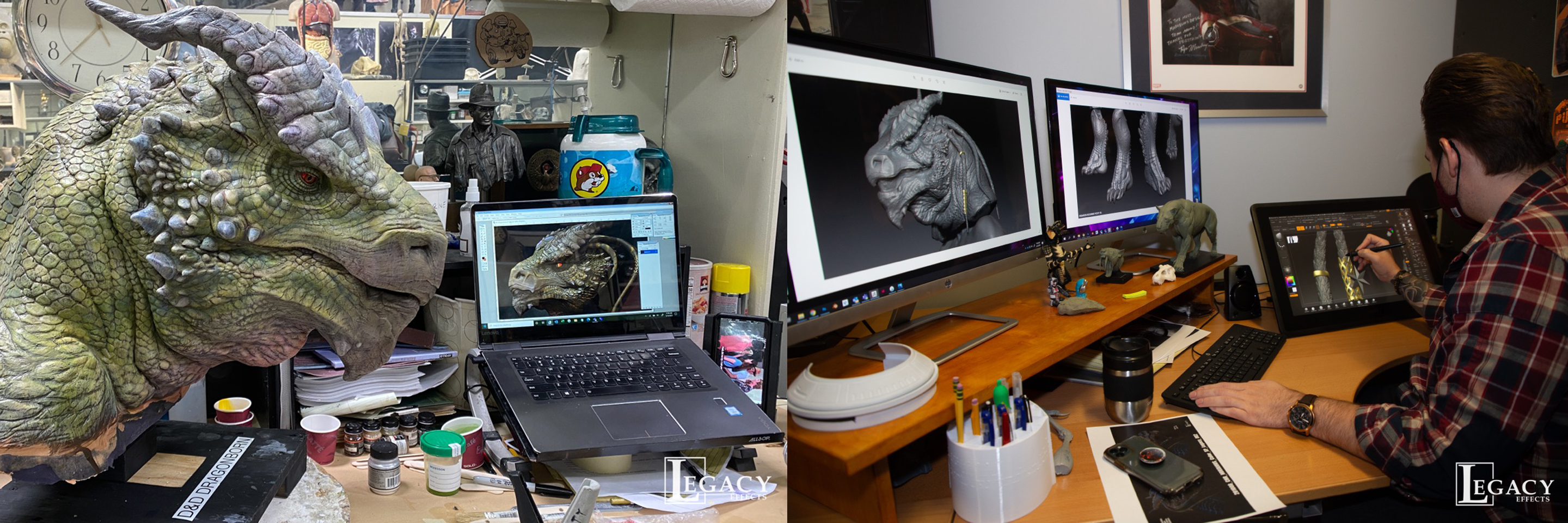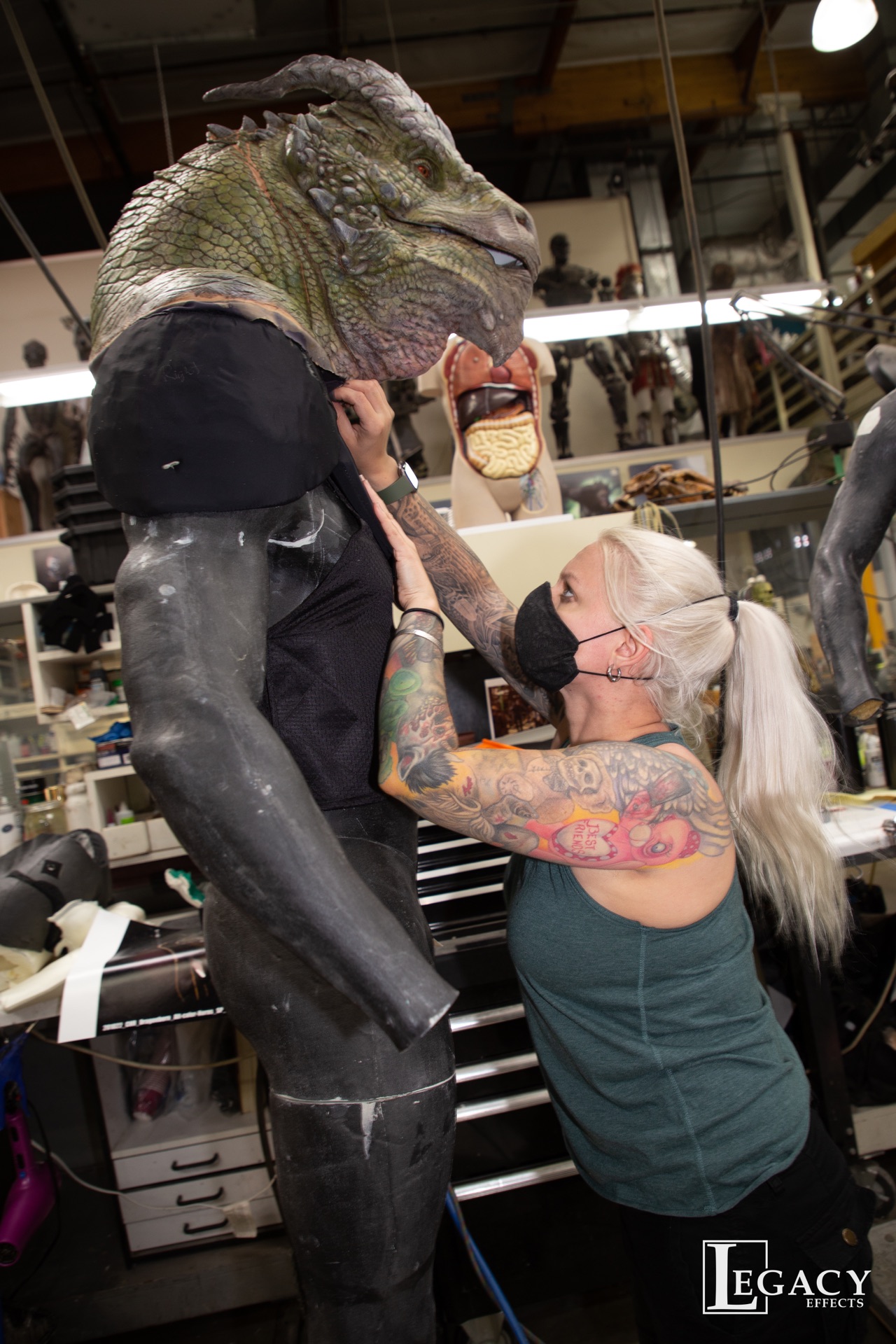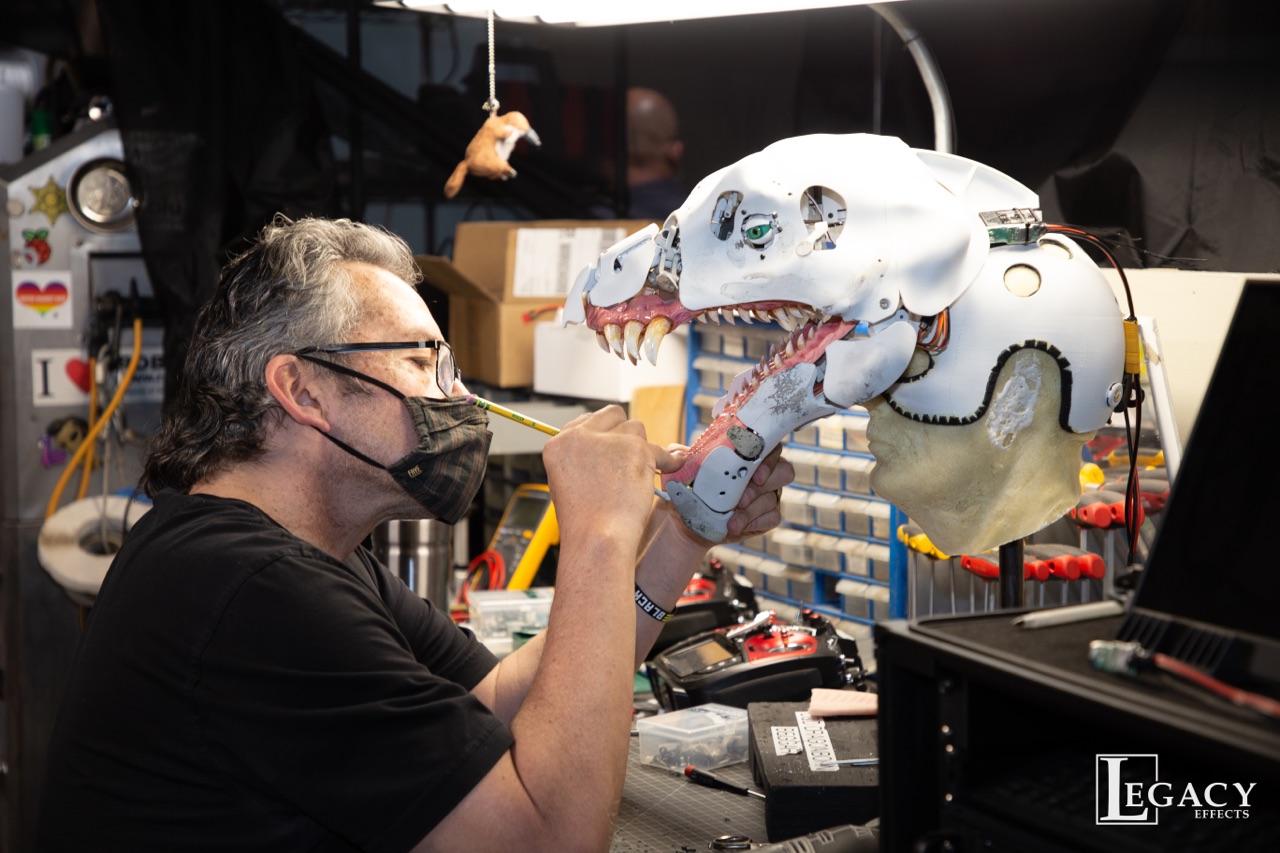
Facial animation is an essential aspect of character performance in movies, especially in fantasy films that rely heavily on animatronics, make-up effects, and motion capture systems. In the Dungeons and Dragons: Honor Among Thieves movie, the dragonborn character's facial animation was a complex system that made the creature come to life on the big screen. This system relied on a new motion capture technology called Faceware that enabled the actor to control the character's facial expressions in real-time. Watch the animtronics in action HERE.

Facial animation has come a long way since the early days of animatronics, where puppeteers controlled the facial movements of characters using mechanical devices. Today, filmmakers have access to sophisticated facial motion capture systems that capture the nuances of facial expressions, enabling them to create characters that are more realistic and emotionally engaging. The evolution of facial animation technology has revolutionized the movie industry, enabling filmmakers to bring their vision to life in ways that were previously impossible.
One of the pioneers of facial animation technology is the Vicon motion capture system, which was used in movies like Avatar and the Lord of the Rings trilogy. While Vicon no longer offers facial motion capture solutions, when it did the system used reflective markers placed on an actor's face to capture facial movements that are then translated into digital animations. This tech has since evolved to include wireless sensors that capture facial movements without the need for bulky headgear.
Another breakthrough in facial animation technology is the Faceware system used in the Dungeons and Dragons movie. Completely markerless, this system uses a camera pointed at an actor's face to capture their facial movements, which are then projected onto an avatar in real-time. The avatar mimics the actor's expressions, enabling them to control the facial movements of the character on the screen. This system is ideal for creating characters like the Dragonborn, which require complex facial animations to bring them to life.
Facial animation technology has also enabled filmmakers to create more emotive and expressive characters. In movies like The Lion King and The Jungle Book, filmmakers used facial motion capture to create realistic animal characters that convey human-like emotions. The technology has also made it possible to create digital characters that are virtually indistinguishable from real actors, such as the character Thanos in the Marvel movies.
Facial animation technology has also opened up new possibilities in storytelling, enabling filmmakers to create characters that were previously impossible to bring to life. For example, in the Star Wars movies, filmmakers used facial motion capture to create the character Maz Kanata, an alien with a distinctive facial structure that would have been difficult to achieve with traditional animatronics.

Conclusion
Facial animation technology has come a long way in the movie industry, enabling filmmakers to create characters that are more realistic, expressive, and emotionally engaging. The evolution of facial animation technology has opened up new possibilities in storytelling and enabled filmmakers to bring their vision to life in ways that were previously impossible. As technology continues to evolve, we can expect to see even more lifelike and emotionally resonant characters on the big screen.
Request a
Free Trial
Click the button below to download one or all of our software products for a free trial.
Request a TrialPricing
Explore our different licensing and product options to find the best solution for your facial motion capture needs. If you need a more tailored solution, talk to us about our Enterprise Program.
Pricing Options